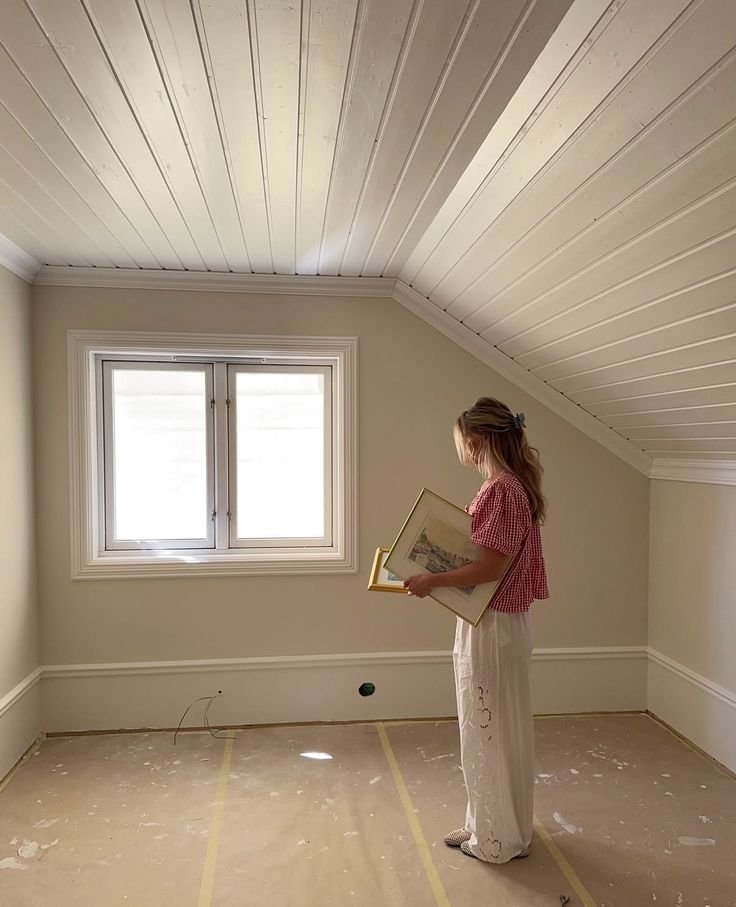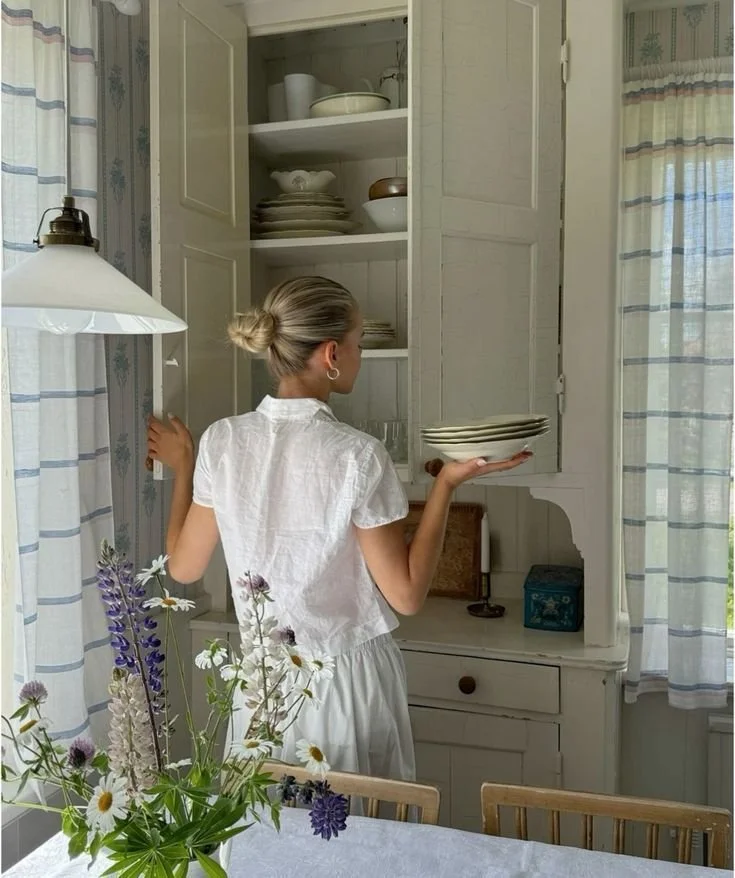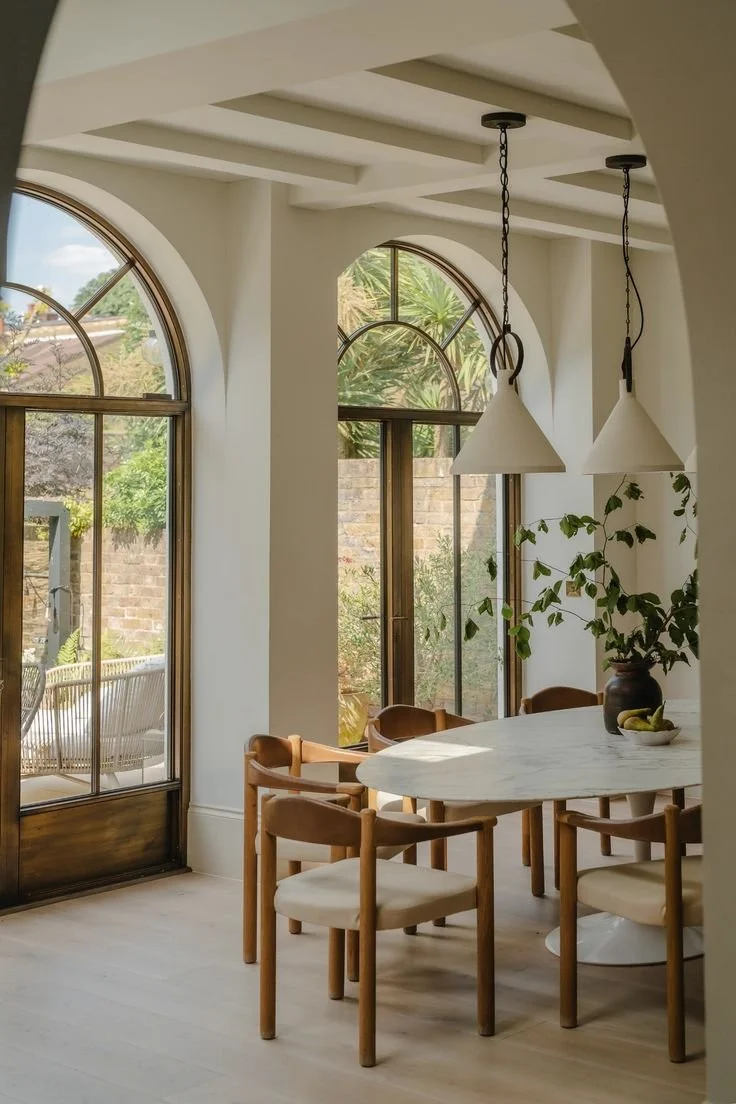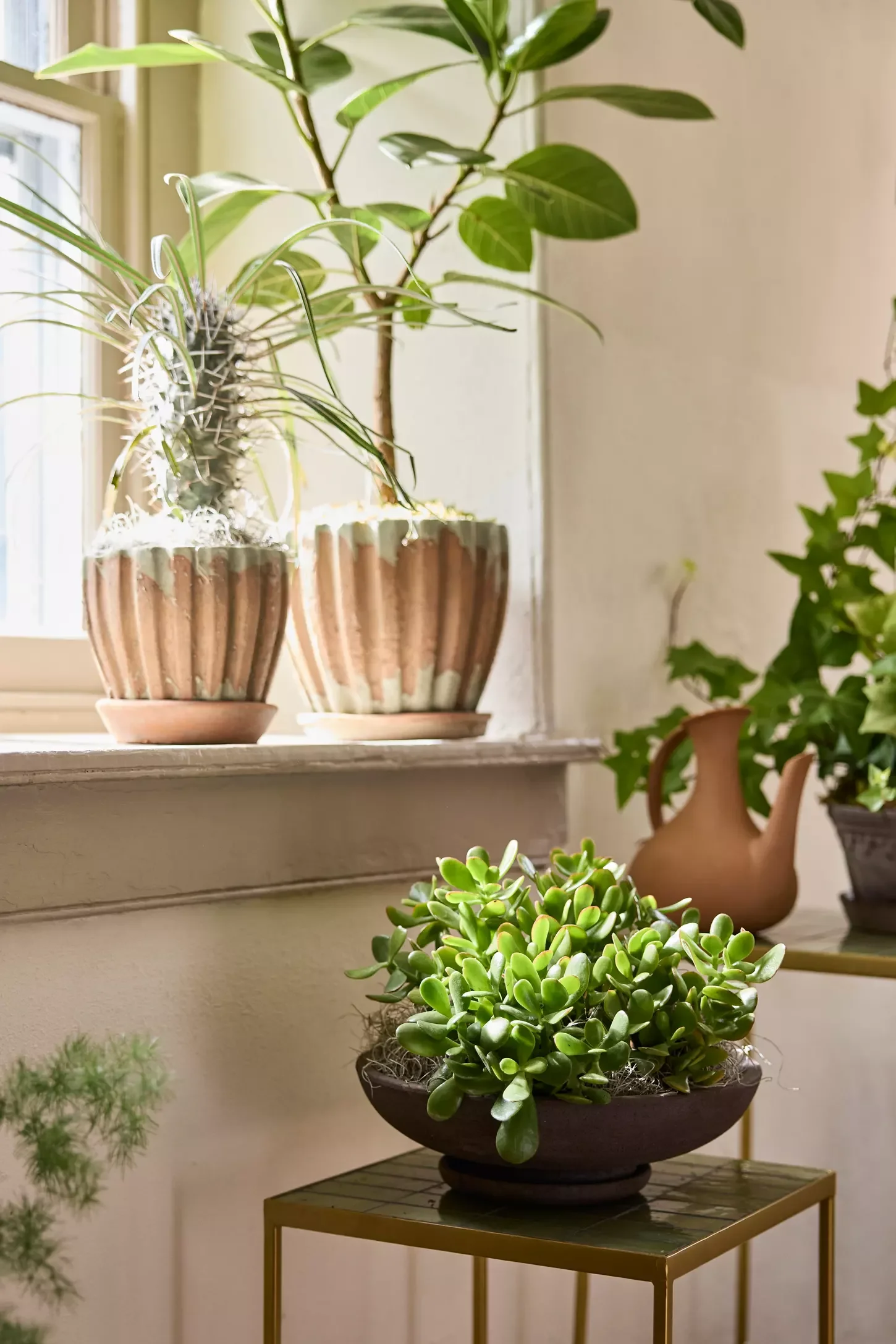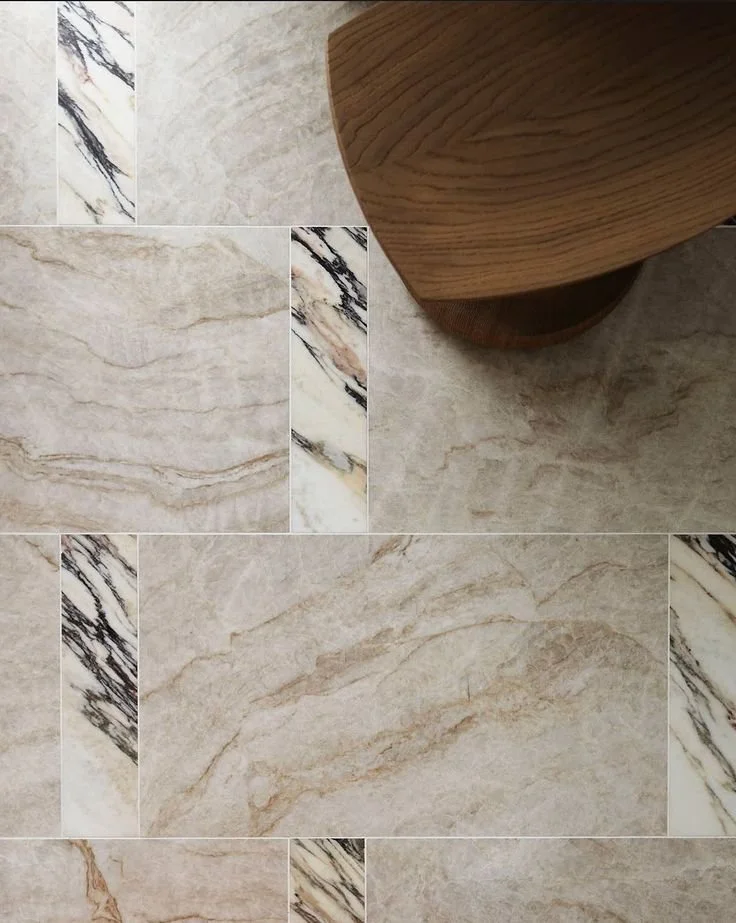The Top 10 Triggers For Mold Infestations
When we think of our homes, we often envision a safe haven—a place of comfort and security. However, what many fail to realize is that our homes can also harbor hidden dangers that may impact our health and well-being. One such danger is the presence of mold.
Mold thrives in damp and humid environments, often proliferating in areas such as bathrooms, kitchens, and basements. Not only is mold unsightly, but it can also pose serious health risks.
Troubleshooting the signs of mold growth early on is crucial as exposure to mold can trigger allergic reactions, respiratory issues, and even exacerbate asthma symptoms. Likewise, understanding the triggers for mold growth is crucial in preventing its occurrence to maintain a healthy indoor environment and safeguard your health.
Mold infestations are more than just unsightly patches on walls or ceilings; they can also cause significant structural damage in residential and commercial properties if left untreated. Mold thrives in damp, humid environments, making structures susceptible to colonization if proper prevention measures are not in place.
In this article, we delve into the causes of mold infestations, how to detect them, and most importantly, how to safely remove and prevent their return to ensure a healthy living and working environment for your home or business.
No. 1
Excessive Humidity
One of the primary triggers for mold growth is high humidity levels. Mold spores thrive in moist environments, making areas with sustained high humidity prime locations for mold infestations. Regular monitoring and controlling indoor humidity levels can prevent mold growth, making it essential to use dehumidifiers in vulnerable areas.
No. 2
Leaking Pipes
Leaky pipes in your home can lead to water damage and mold growth if not addressed promptly. They are the common cause of mold problems, often hidden within walls and under floors, leading to unnoticed mold growth. Routine maintenance and plumbing inspections can identify leaks early, allowing for timely repairs to prevent mold proliferation.
No. 3
Roof Leaks
Similar to leaking pipes, roof leaks introduce moisture into areas not designed to handle it, such as attic spaces. This can lead to attic mold removal becoming necessary. Ensuring that roofs are in good condition and promptly repairing any damage can mitigate the risk of mold infestations.
No. 4
Poor Ventilation
Poor ventilation in a space can create a conducive environment for mold growth, posing potential health risks and necessitating remediation to restore a healthy living environment. Inadequate ventilation in buildings leads to stagnant air, which can increase humidity levels and promote mold growth. Ensuring proper ventilation, especially in areas like bathrooms and kitchens, is critical in preventing mold development.
No. 5
Indoor Flooding
Significant water intrusion from flooding is a major trigger for mold growth. After any flooding event, immediate water damage restoration is crucial in removing the water and drying the property to prevent mold. Restoration companies in Toronto and other cities specialize in such services, offering rapid responses to mitigate the effects of flooding.
No. 6
Condensation
Cold surfaces can lead to condensation, creating moisture that supports mold growth. Areas around windows, metal pipes, and concrete floors are common sites for condensation. Insulating these areas can help reduce the risk of mold.
No. 7
Water Damage
Water damage can be caused by different factors, often going unnoticed until after the damage has already set in. Beyond flooding and harsh weather conditions, a broken appliance, or an overflowing sink, can cause water damage and create ideal conditions for mold. Prompt water damage restoration efforts are necessary to dry out affected areas and prevent mold from taking hold.
No. 8
Poor Drainage
Poor drainage can occur in various areas around a building, such as basements, yards, or rooftops, leading to potential water damage and other related issues. This can lead to excessive water accumulation near the foundation, potentially leading to moisture intrusion and mold problems. Ensuring proper drainage can help protect the building structure from water damage and mold.
No. 9
Damp Basements
Basements are particularly prone to dampness and moisture buildup, making them common areas for mold infestations. Since they are often overlooked, basements can swiftly turn into breeding grounds for mold when dampness creeps in unnoticed. Using waterproofing techniques and ensuring basements are well-ventilated can help keep these areas dry and mold-free.
No. 10
Building Materials
Certain building materials can retain moisture more than others, providing a hospitable environment for mold growth. Choosing materials that are less likely to hold moisture and ensuring they are properly sealed can reduce the risk of mold.
Here are materials that are susceptible to moisture retention:
Wood - While wood is a popular building material, it is prone to moisture retention. However, certain treatments can be applied to enhance its resistance to moisture.
Gypsum Board - Commonly used in interior walls, gypsum board is susceptible to moisture damage if not properly sealed or exposed to prolonged humidity.
Certain Insulation Materials - Insulation such as fiberglass or cellulose can absorb and retain moisture if not adequately protected from water intrusion
No. 11
Prevention
To mitigate the risks posed by mold and allergens, it is important to adopt proactive measures within your living spaces:
Ventilation - Ensure proper ventilation in areas prone to humidity, such as bathrooms and kitchens, to prevent moisture buildup and inhibit mold growth.
Humidity Control - Use dehumidifiers in damp areas and maintain indoor humidity levels below 60% to discourage mold and mildew formation.
Cleaning - Regularly clean and dust your home, paying special attention to carpets, upholstery, and bedding where allergens tend to accumulate.
Pets - If you have pets, bathe them regularly and groom them outdoors to minimize the presence of pet dander inside your home.
By being mindful of these factors and taking proactive steps to create a healthier home environment, you can reduce the risk of mold and allergens compromising your well-being. Your home should be a sanctuary that nurtures and supports you, free from the hidden dangers that lurk unseen. By prioritizing your health and wellness, you naturally cultivate spaces that promote vitality and harmony.
Furthermore, if you find yourself dealing with a situation that needs immediate attention, you should enlist professional mold removal in Hamilton and other regions to tackle these challenges effectively. In addition, be sure to entrust yourself with an IICRC-certified professional for reliable mold removal and water damage restoration in Toronto and the surrounding areas to ensure the job is done to the highest standards.
Takeaways
Preventive measures are key in avoiding mold infestations, requiring vigilance and regular maintenance to identify and address potential triggers. By understanding the common causes of mold growth and taking proactive steps to mitigate these risks, you can protect your health and ensure a safe living or working environment. Addressing mold infestations requires a comprehensive approach, including identifying the source of moisture and effectively removing the mold buildup.
Professionals specializing in mold removal in Hamilton and other locations are equipped with the tools and expertise necessary to tackle these challenges. Similarly, restoration companies in similar regions like Toronto, play a crucial role in water damage restoration and attic mold removal—helping to restore properties to safe, mold-free conditions.
THE LIST
Home
✔️
FORCE OF NATURE
Force of Nature has created a way to clean and kill germs with no toxic chemicals and no more single-use plastic bottles. Their mission: To stop the toxic madness with cleaning products that put people, and our planet, first.
Force of Nature’s formula, made from only three natural ingredients: water, salt, and vinegar, is an EPA-registered medical-grade disinfectant and sanitizer that kills 99.9% of germs*. It has no harmful fumes or residues to rinse.
Along with that, Force of Nature is on EPA’s approved lists for COVID-19 & Monkeypox virus. Their formula also kills respiratory viruses and the viruses that cause the flu.
To get started, all you do is order a starter kit, which includes everything you need to easily start making your multi-purpose cleaner at home, whenever you need it. Watch a demo here.
✔️













